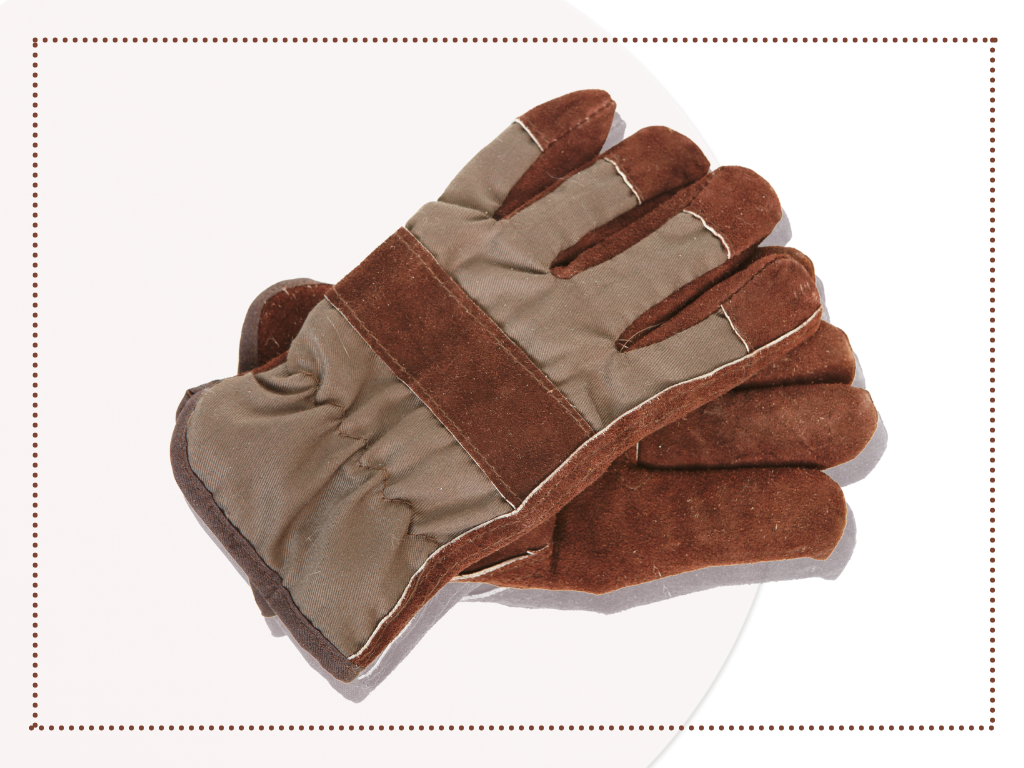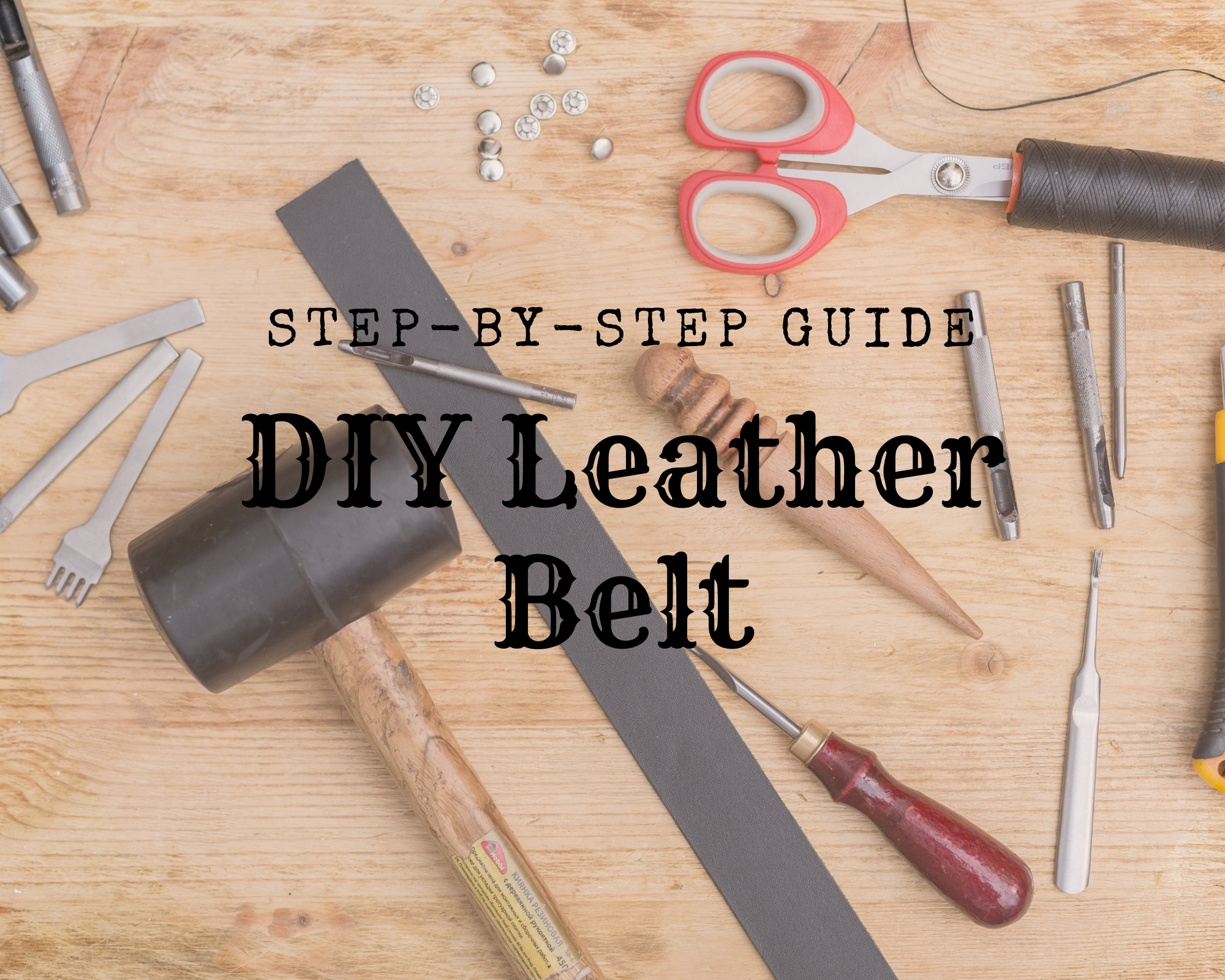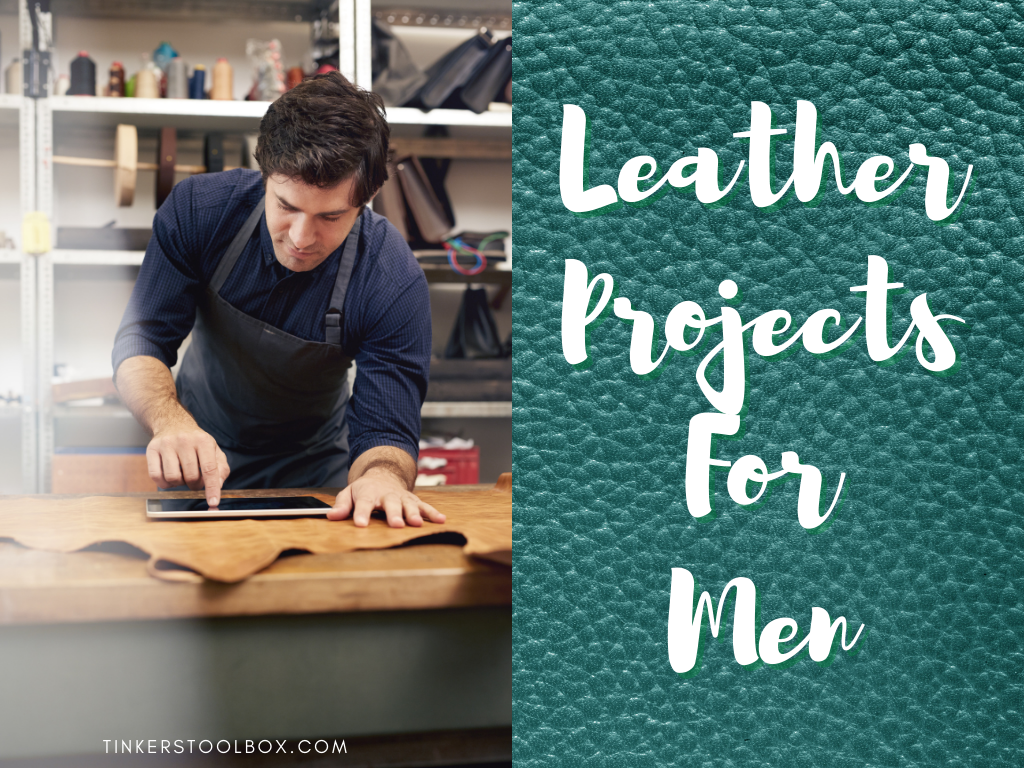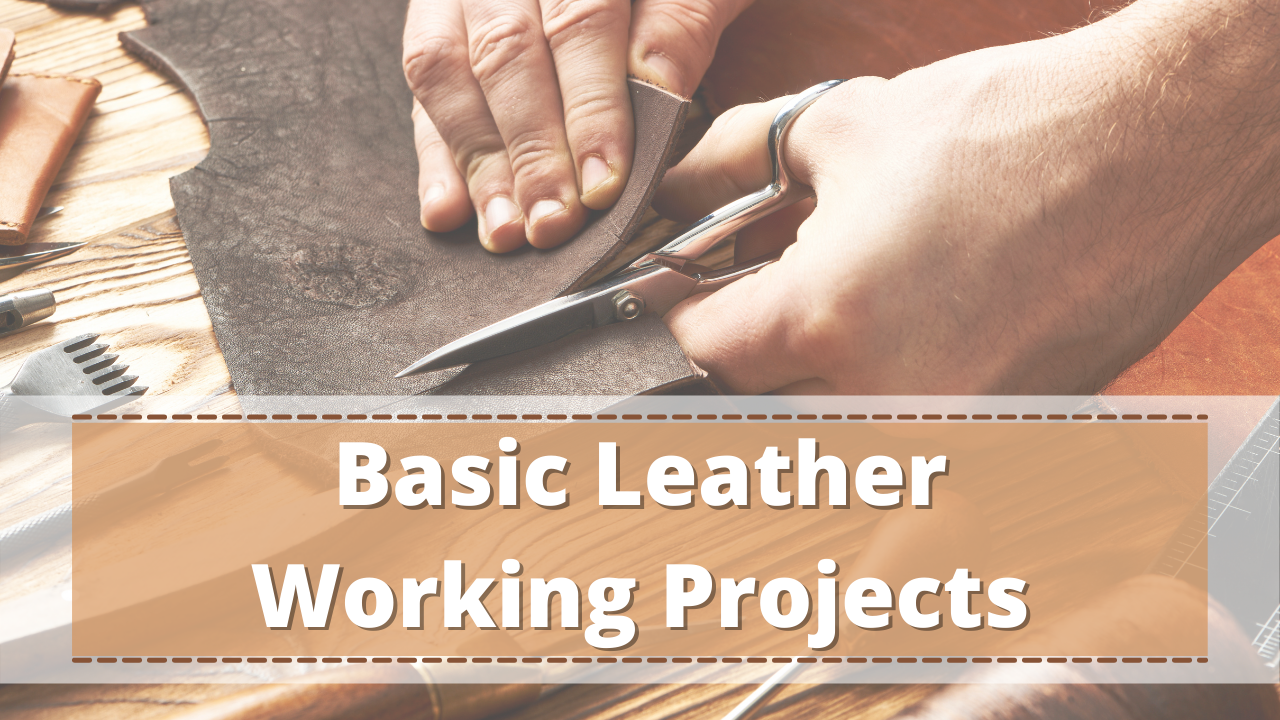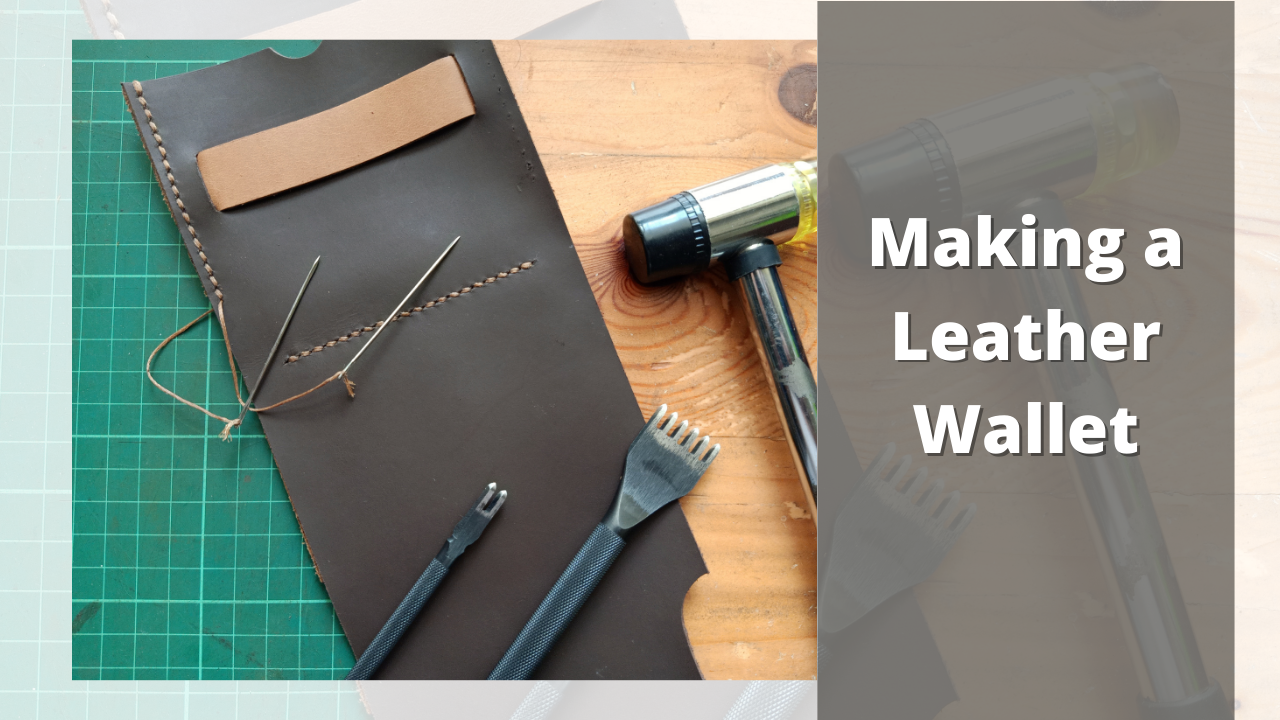Leather never goes out of trend. It is known for being one of the most versatile materials with excellent durability and flexibility, often used in fashion, and a protective tool material that entirely safeguards the wearer. One of the most common protective accessories out of leather is a gauntlet glove. Its use traces back to the medieval period for knights and has evolved through time used as a contemporary work and fashion accessory.
How to make a leather gauntlet glove? Pick out the right leather, make and trace the pattern. Cut out the leather accordingly to assemble the parts (thumb, knuckle, and palm pieces). Then, hand or machine stitch using heavy-duty nylon thread. Ensure clean seams and polish the leather.
Buying a gauntlet glove in the market is sometimes frustrating. You might purchase one product that does not fit your work, and you are only limited to the readily available options. Like me, I like wearing gloves when cleaning my garden but sometimes gloves in the shops do not do the trick. As a wearer, selecting the right leather glove for the appropriate work or occasion is quite challenging. This article will help you choose the suitable leather material and steps to DIY leather gauntlet gloves for your work needs.
The Right Leather For The Right Purpose
If your job involves a lot of heavy handwork or dexterity, choosing the right leather is crucial. The leather thickness and abrasion resistance are factors in selecting a glove, and these are some of the typical leather used for a gauntlet glove.
Pigskin Leather: The Quick Choice
This type of leather is affordable than other leathers. If you go to a one-stop-shop, most work gloves you can find at an affordable price are made out of pigskin leather. It is a quick choice because it can withstand wet and dry conditions. It is pliable and with good durability, commonly used for clothing and handbags. A major con of this leather is that it has shorter longevity than other leather types.
Deerskin Leather At Its Best
Deerskin is soft, has a pleasant feel, and out of the box leather. You can walk out of the town and can pull it as a dress glove. It is well-suited for tactile controls if your job involves buttons, keys in a computer or controller and great for driving. It can be wet and dry, laundered, and will come out of the same quality and flexibility.
It does not become stiff and crusty after a long time of usage. It has a midrange price for users. Deerskin is not ideal for hard labor jobs because it is not that thick (two-four ounces thick), but it offers a lot of dexterity and hand touch sensitivity.
Elkskin Leather: A Good Option
Elkskin leather is a good option for a work glove. It is thicker than deerskin, around four ounces. It is tougher leather and more abrasion resistant, making it ideal for heavy work. It has good insulation for the winter months too. What’s good about this leather is it can be hand washed and great if you are working in wet conditions.
It does not crack with constant use and can outlast deer or cow skin leather for durability. The downside of this leather is that it’s usually expensive in the market.
Goatskin Leather For The Win
This type of leather is supple, cut resistant, and offers a lot of dexterity. It’s the most decent leather for work gloves with extreme grain structure hence very abrasion-resistant. It is an all-around work glove ideal for holding and grabbing. It is stiff and one with the best water-resistance because of lanolin keeping the hands supple.
The major con is it offers little insulation and takes much more time to break in than deer and elk skin leather.
Cow Hide For High Wear Areas
Cowhide offers more excellent durability and insulation than pigskin. It is pretty thick and ideal for boots, bags, and luggage. It will be overkill for a work glove because of its thickness that does not offer good dexterity. If you like cow skin, you can put cow leather in high wear areas since it’s puncture-resistant and durable. The downside of this leather is because it’s too thick, you will have a hard time picking up small objects, and it’s not as comfortable as deer or elk hides.
Buffalo Leather For Extreme Protection
If you want to have a leather material that will surely last long, you can choose buffalo leather. It has rich and deep colors with an extreme thickness (three times thicker than cow skin). Ideal for work that involves sharp objects like thorns or barbed wires because it’s very puncture -resistant. The disadvantage is that it offers no dexterity and is stiffer than other leather. It might not be the best choice for work gloves because it is too dense and stiff.
Ready All The Essentials For Your Gloves
Materials and Tools
- Leather marker
- Leather Cutter, Scissors, and Shears
- Weights (Optional)
- Paper board
- Leather knife of your choice
- Leather of choice
- Mallet
Preparing The Pattern
In making your leather gauntlet glove, trace first your hand taking the circumferences around the wrist, the first knuckle and thumb, distance from the remaining knuckles to the thumb, and the webbing. Take also the length of the thumb and the forefinger. Include in the pattern the fourchettes or finger forks and trank of the gauntlet glove. Be sure to take a separate measurement for each hand for an accurate fit.
Make a thumb hole through mirror patterns and ensure it is the right size for your hand. Make the design a little bigger for allowance and cut the pattern with a cutter or scissors.
Cutting The Leather
Once the pattern is set, lay it on top of the leather of choice. Trace the pattern using leather markers and add weight on top of the leather to avoid unnecessary movements. You can use leather markers and pens for marking, like silver marking pens, to see the patterns quickly. Don’t worry; these marks are easy to remove and leave no visible marks once cleaned off. You can also use a chisel to mark cutting and scratch areas where holes will go in the final product.
Cut accordingly through the patterns using a knife and cutting mat. Straighten the sides of the gloves and trim the edges. Cut other parts using a cutter. You can use a Xacto knife or flat leather knives in cutting with blades suited for angled cuts. It is convenient and not too expensive, and the edges can be replaced. Leather straight knives also cut accurately to different leather thickness. Then, flatten the edges with a mallet.
Easy Assembly of The Perfect Gauntlet Gloves
Materials and Tools
- Heavy nylon thread
- Needle
- Thread cutters
- Iron if needed
Sewing The Parts
Once the leather pieces are ready, you can start sewing the materials. Connect the pieces initially with glue and stitch the thumb piece in the underside and leave the bottom open to be attached to the palm piece using heavy-duty nylon thread.
Put the gusset/ fourchettes together and stitch in place. Sew around the gusset in a way that the middle should be folded between the fingers. Sew the fingertips of the leather and place the seams as closer to the edge as possible.
Fit your hand and check if it fits. While your hand is in, put on the thumb piece, mark it to line up with the palm piece, and attach it by using glue. Look for the best angle and stitch it into place.
Make sure to make a clean seam. To make even stitches, use a diamond chisel to mark areas where needles will go through. Make sure to use the right size of needle and nylon threads.
You can hand stitch, or you can use a machine if you do have but remember that fewer seams are much better so that it would not rub in your hands while in use, causing a blister.
Polishing The Look
Clean and cut extra threads using thread cutters or scissors. Iron the gloves if there are wrinkles, stretch out the fingers, and set the iron to the lowest temperature. Flatten it out, place it with cotton cloth or paper on top. Add beeswax to all edges (optional) and condition the leather. You can also install buttons or embellishments if you want and condition them for longer use.
Conclusion
Work gloves are essential protection tools, and like other safety tools, it wears out over time and needs to be replaced. Choosing the right material for your DIY leather gauntlet glove for the appropriate task will give you the best comfort, most incredible longevity, and significantly save you from unnecessary expenses.
